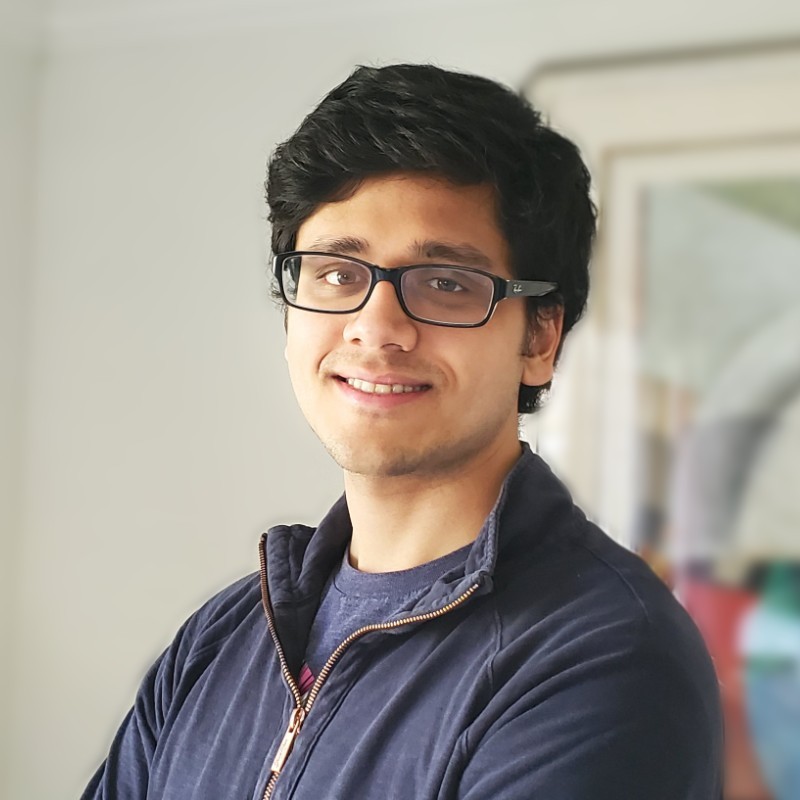Thought Leaders in Artificial Intelligence: QuillBot CEO Rohan Gupta (Part 1)

Rohan discusses AI-empowered writing as an emerging field. The company has 12 million users and has recently been acquired by Course Hero.
Sramana Mitra: Let’s start by introducing our audience to yourself as well as to Quillbot.
>>>Featured Videos
IPOs 2021: Marqeta Needs to Diversify its Customer Base

The total addressable global market for card payments is $45 trillion and is expected to grow to $80 trillion by 2030 driven by emerging online FinTech players, including digital banks and other online and mobile services. Recently listed Marqeta (Nasdaq: MQ) is a leading card-issuing platform to these customers.
>>>Bootstrapping to Exit, Then do a VC-Funded Venture: Cordial CEO Jeremy Swift (Part 6)
Sramana Mitra: Once you had the Series A, what was the next major inflection point? What strategic moves did you make to get to that?
Jeremy Swift: I would say it was about just further refinement of what our ICP was and figuring out go-to-market too. That was a hard thing to navigate. It took us years to figure out. Just because you raise venture capital, it doesn’t immediately change those things for you. There’s still a lot of hard work.
>>>Video FAQs
Can 1M/1M Help Me Raise Money?
How Does 1M/1M Democratize Entrepreneurship Education?
How Does 1M/1M Democratize Management Consulting?
When Is The Right Time To Join 1M/1M?
Can 1M/1M Help Me With Business Development?
Can 1M/1M Help Me With Market Sizing?
Can 1M/1M Help Me Validate My Product?
Will I Have Private 1-on-1 Sessions In 1M/1M?
How Does 1M/1M Help Entrepreneurs Connect With Silicon Valley?
Mentoring or Consulting?
Why Does 1M/1M Charge $1000 a Year?
Why Does 1M/1M Partner With Local Organizations?
Why Don\’t Mentoring Networks Work?
Why Is It Important To Study With 1M/1M Now?
Dan Stewart Story
Vikrant Mathur Story
Catching Up On Readings: El Salvador’s Bitcoin Week
This feature from Bloomberg by Michael D McDonald covers the series of events and conferences held in El Salvador, the first country to make the cryptocurrency legal tender. For this week’s posts, click on the paragraph links.
>>>Colors: Harmony

I’m publishing this series on LinkedIn called Colors to explore a topic that I care deeply about: the Renaissance Mind. I am just as passionate about entrepreneurship, technology, and business, as I am about art and culture. In this series, I will typically publish a piece of art – one of my paintings – and I request you to spend a minute or two deeply meditating on it. I urge you to watch your feelings, thoughts, reactions to the piece, and write what comes to you, what thoughts it triggers, in the dialog area. Let us see what stimulation this interaction yields. For today – Harmony
Harmony | Sramana Mitra, 2020 | Watercolor | 9 x 12, On Paper
19 Udemy Courses on How To Build a Startup in Latin America

This bundle of courses is designed for IT entrepreneurs who want to start and scale a business in Latin America.
The Latin America startup movement has accelerated recently. We’re seeing lots of e-commerce in various domains, of course, but also FinTech, AgTech, even B-to-B SaaS.
>>>Bootstrapping to Exit, Then do a VC-Funded Venture: Cordial CEO Jeremy Swift (Part 5)
Sramana Mitra: How did you get your first customer?
Jeremy Swift: By scratching, clawing, begging, and pleading. We had a pretty great wealth of relationships.
Sramana Mitra: That was my question. Did you go back to those relationships? When you have domain experience, you also have relationships in a category. It’s easier to sell into a category when you have those relationships.
>>>Colors: Cliffs V

I’m publishing this series on LinkedIn called Colors to explore a topic that I care deeply about: the Renaissance Mind. I am just as passionate about entrepreneurship, technology, and business, as I am about art and culture. In this series, I will typically publish a piece of art – one of my paintings – and I request you to spend a minute or two deeply meditating on it. I urge you to watch your feelings, thoughts, reactions to the piece, and write what comes to you, what thoughts it triggers, in the dialog area. Let us see what stimulation this interaction yields. For today – Cliffs V
Cliffs V | Sramana Mitra, 2020 | Watercolor | 9 x 12, On Paper
